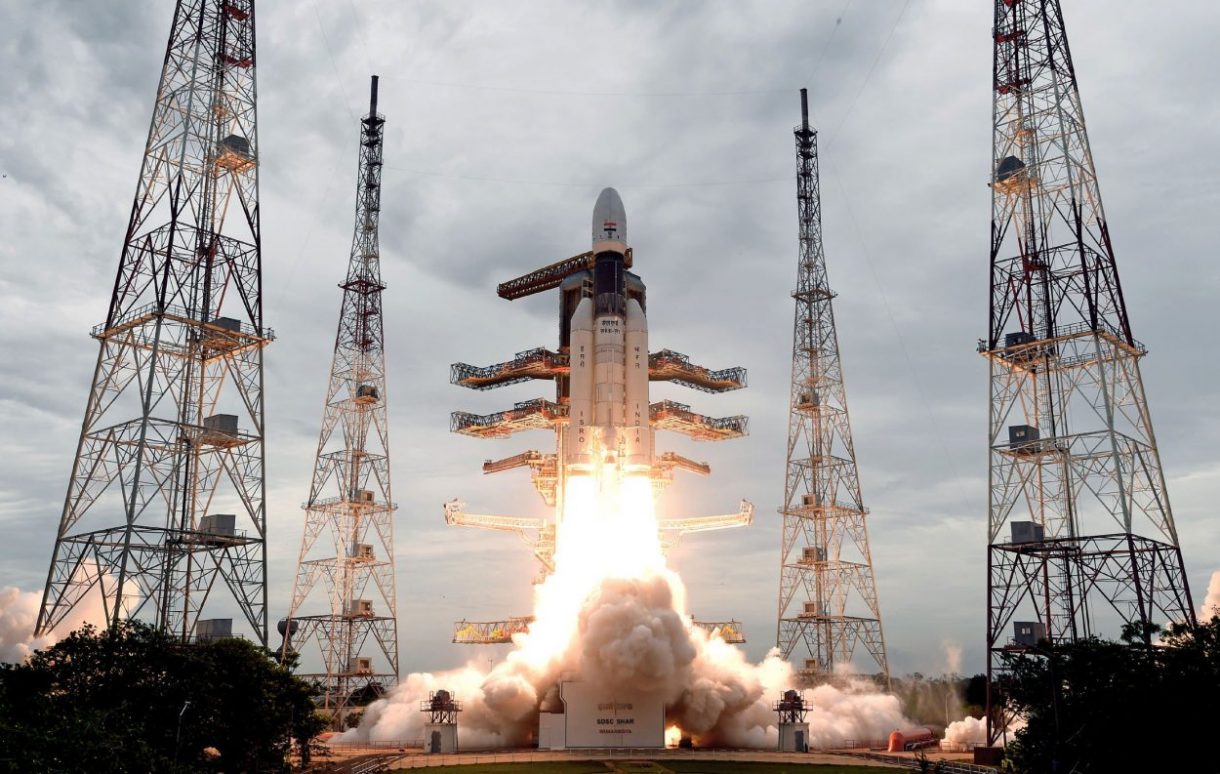On July 22, 2024, the Indian Space Research Organization (ISRO) carried out the third test of its Air Breathing Propulsion concept. I believe Indian mainstream media didn’t adequately highlight the significance of the test.
In the following paragraphs, I will explain the concept of using air-breathing propulsion to launch spacecraft, dwell on the technical challenges involved, and recall ISRO’s strides so far in pursuing the concept.
Conventional rockets need to carry both fuel and oxidizer on board for combustion in order to produce thrust. In contrast, scramjet engines carry only fuel. They obtain oxygen from the atmosphere by compressing the incoming air before combustion at supersonic speed.
Almost 80 percent of a launch vehicle’s lift-off mass is attributable to the oxidizer. By eliminating the need to carry oxygen, the lift-off mass is considerably reduced, facilitating the carriage of additional payload. The scramjet engine can also liquefy the oxygen and store it on board for use post-atmospheric ascent.
In brief, scramjets are more fuel efficient than rocket engines, reducing the cost of access to space.
AfriPrime App link: FREE to download...
https://www.amazon.com/Africircle-AfriPrime/dp/B0D2M3F2JT
Scramjet Limitations
The limitations of using scramjets on launch vehicles are obvious – scramjets operate only while the launcher is ascending through the atmosphere. Also, they can light up only after the launcher crosses a speed of Mach 5.0.
The light-up limitation can be overcome by using a rocket-engined first stage that accelerates the launcher to Mach 5. A scramjet-powered second stage can then take over and accelerate the launcher through the atmosphere.
The limitation, which is due to the need for atmospheric oxygen, can be overcome by storing oxygen during atmospheric ascent for use in space, as mentioned earlier, or by switching to a rocket-propelled third state at the end of atmospheric ascent.
ISRO is developing scramjet technology to reduce the size of launch vehicles and increase their payload capacity, facilitating cheaper access to outer space. It is also pursuing rocket technologies that eliminate atmospheric contamination.
ISRO’s Scramjet Engine
ISRO efforts are aimed at developing dual-mode ramjet engines and associated technologies. A Dual-Mode Ramjet (DMR) is a ramjet engine that can operate in both subsonic and supersonic combustion modes.
Scramjet engines feature a simple design with few moving parts. However, maintaining combustion in supersonic conditions poses technical challenges because the fuel has to be ignited within milliseconds.
ISRO’s Air Breathing Propulsion Program (ABPP) current focus is to develop and cost-effectively flight test a scramjet engine using an Advanced Technology Vehicle (ATV). The scramjet engine designed by ISRO uses Hydrogen as fuel and Oxygen from the atmospheric air as the oxidizer.
AfriPrime App link: FREE to download...
https://www.amazon.com/Africircle-AfriPrime/dp/B0D2M3F2JT

Advanced Technology Vehicle (ATV)
ISRO is using a two-stage sounding rocket called Rohini-560 (Rh-560) to develop and test its scramjet engine. The rocket’s 560mm diameter gives it the designation 560.
The Rh-560 is ISRO’s largest sounding rocket. It’s capable of suborbital flight. The scramjet engines are symmetrically strapped to the second stage of the rocket for developmental flights.
ISRO refers to the combination of the Rh-560 and the two scramjet engines as Advanced Technology Vehicle (ATV)
ATV Test Flights
The most recent test of the ATV on July 22 was the third.
The first test, referred to as ATV-D01, took place on March 3, 2010. The test did not involve powering up the scramjet engine.
The ATV-D01 reached an altitude of 46 km in 120 seconds, and the entire flight duration was 240 seconds.
The booster accelerated the passive scramjet to Mach 6 and sustained Mach 6 +.05 and dynamic pressure (80 + 35 kPa) for seven seconds. These conditions are required for a stable ignition of an active scramjet engine.
The second flight test, ATV-D02, on August 10, 2016, successfully demonstrated engine power up at Mach 6.0 and sustained operation for 5 secs.
The test successfully demonstrated critical technologies such as the ignition of air-breathing engines at supersonic speed, holding the flame at supersonic speed, air intake mechanism, and fuel injection systems.
The ISRO press release for ATV-D03 on July 22 stated: The flight test achieved satisfactory performance of the Sounding Rocket along with successful ignition of the Air Breathing propulsion systems. Nearly 110 parameters were monitored during the flight to assess its performance. The flight data from the mission will be useful for the next phase of development of Air Breathing Propulsion systems.
ISRO will review the flight data over the next few days to determine how well the scramjet met its performance objectives.
Conclusion
The initial challenge for the ISRO is to demonstrate scramjet thrust greater than drag.
When the ISRO scramjet lights up at Mach 6, the drag on it is already considerable. Unless the scramjet is able to develop good thrust value, it will not be able to accelerate and achieve its desired speed.
The long intervals between ATV tests—2010, 2016, and 2024—indicate the technical challenges involved in the program.
ISRO is currently working with scaled-down scramjets. Once it masters the technology and moves on to full-scale scramjets, it could become the first space agency in the world to place a satellite in orbit using a scramjet-powered reusable launch stage.
Other companies worldwide are developing similar scramjet technology for satellite launch systems. One such company is the Australian company Hypersonix, which is developing both two-stage to orbit and three-stage to orbit launch systems using a scramjet-powered stage.
AfriPrime App link: FREE to download...


